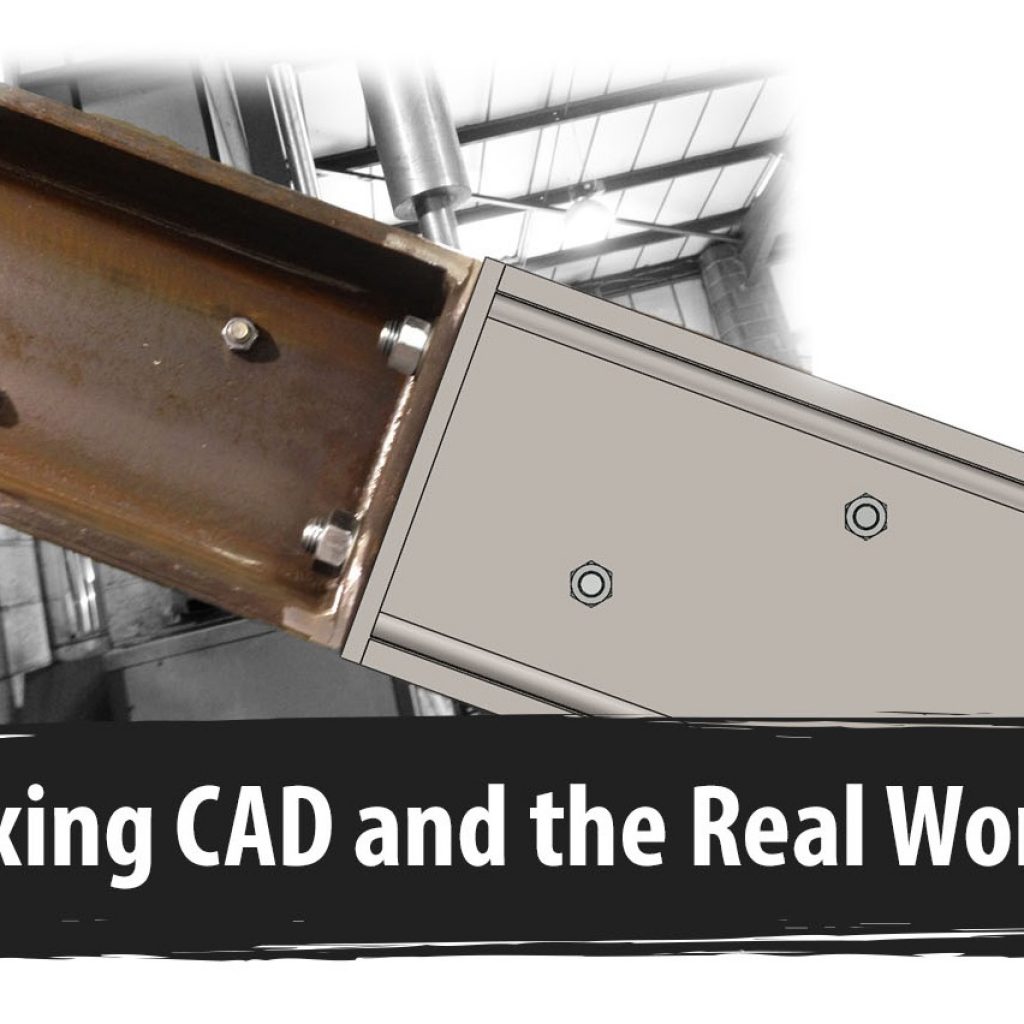
It is truly astounding how the process of getting from an idea to a finished component has changed in my lifetime. I started out doing “technical drawing” (using a pencil and rubber to make a mess on paper) and although materials, drawing boards and pencils improved (whereas my skills didn’t) it wasn’t until 15 years ago that I started using 2D CAD.
What an amazing improvement: no more smudged and wiggly lines, no more realising that you’ve run out of space and should have started drawing 50mm to the left. But wait, what about those clients that say “what does it look like from the other side” or “can you make the whole thing bigger/smaller/narrower/taller?” Aaaaaaaaaaaaahhh!
Back in 2003 I invested in 3D CAD to overcome those horrendous 2D moments and now I find it almost impossible to imagine going back to 2D CAD and totally inconceivable of drawing on film with pencils.
However, a word of warning, 3D CAD models look impressive and are so compelling that it is difficult to imagine all of the possible variations that exist in the real world, such as:
- Extrusions and rolled sections that are supplied twisted, out of square or bent (but still within BS tolerance).
- Designs that are impossible to assemble because one component won’t pass through another.
- Geometrical and size tolerance stacks.
- Lumps, bumps and variations in the stock material or finishing thickness.
- Just the scale of the thing you are modelling: zooming in and out all of the time means that you can lose the sense of scale.
- Modelling errors, either your own or from whoever supplied the original.
- Manufacturing tolerances and minor errors.
- Distortions and stresses introduced by the manufacturing processes.
- Castings, forgings, mouldings and printed parts: have you allowed enough material for the machined faces to clean up?
Some of the above can be controlled by careful tolerances and drawing notes. Some may be so insignificant that they can mostly be ignored. But I can guarantee you at some stage one of them will come home and bite you!
All the best and enjoy the challenges of design.
Written by John Bennett
You can find us on…Linkedin, Facebook, Twitter, Google+ and YouTube.

